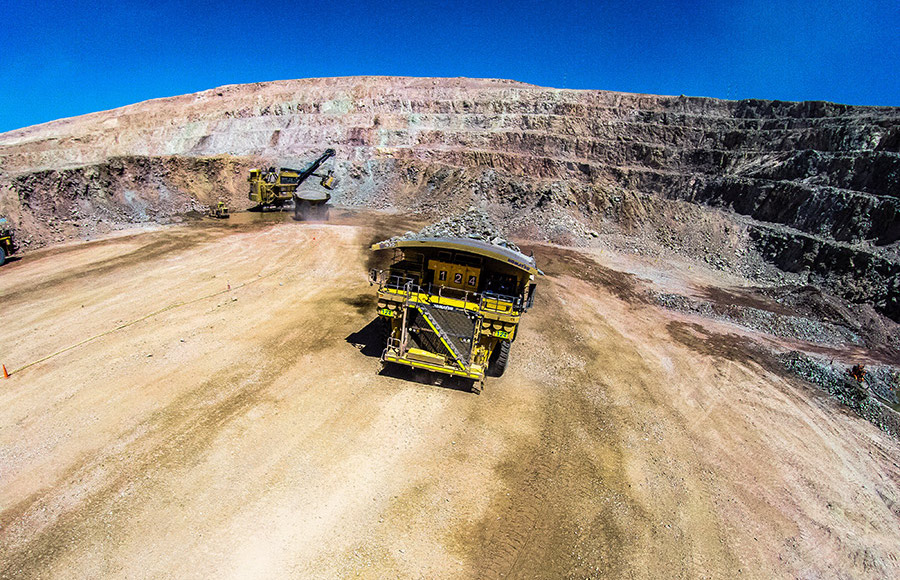
Australia’s South32 (ASX, LON, JSE: S32) has acquired almost half of the vast Sierra Gorda copper mine in northern Chile, majority-owned by Polish miner KGHM (WSE: KGH) for $1.55 billion.
Japan’s Sumitomo Metal Mining and Sumitomo Corp, which together hold a 45% stake, had said last year that they were considering exiting the operation after years of losses.
Sumitomo Metal said the deal price would include a transfer of around $1.2 billion and copper price-linked payments of up to $350 million.
“Finding a producing copper asset of this size up for sale isn’t easy, but South32 has done it,” BMO Metals and Mining analyst David Gagliano wrote on Thursday.
The deal marks the Perth-based miner’s entry into the world’s largest copper-producing country ahead of an expected demand boom for the metal.
Sierra Gorda is located in the prolific mining region of Antofagasta in Chile, Gagliano noted, and has a production capacity of about 150,000 tonnes of copper concentrate and 7,000 tonnes of molybdenum.
“It’s long-life asset, with sulphide reserves of 1.5Bt at 0.4% copper (contained ~5.9Mt copper) and potential for future expansions,” the analyst said.
State-backed KGHM Polska Miedz SA, which has a 55% operating stake in Sierra Gorda, has been criticized for the steep investment allocated to developing the Chilean mine ($5.2 billion and counting).
Sierra Gorda, which began production in 2014, has constantly failed to meet expectations due to challenging metallurgy and difficulties in using seawater for processing.
The Polish miner, which is looking to sell foreign mines and reinvest the proceeds in its domestic operations, has said it has no plans of putting Sierra Gorda on the chopping block. KGHM, however, has ruled out the possibility of taking on full ownership.
The open-pit mine is located at an altitude of 1,700 metres and has enough ore to support at least 20 years of mining. South32 expects it to produce 180,000 tonnes of copper concentrate and 5,000 tonnes of molybdenum this year.
The Australian miner’s acquisition of Sierra Gorda is the second-biggest deal it has inked since it was listed in 2015, after being spun out of BHP.
South32 paid $1.3 billion in 2018 for 83% of Arizona Mining, which had a zinc, lead and silver project in the US.
Rough path
KGHM took control of the copper and molybdenum project in 2012, after completing the acquisition of Canadian rival Quadra FNX, in what was the largest-ever foreign acquisition by a Polish company.
The miner had planned to expand Sierra Gorda earlier, but the 2015-2016 rout in commodity prices forced the company to place the project on the backburner.
Two years later, KGHM secured environmental approval for a $2 billion expansion and upgrade of the mine to extend its productive life by 21 years.
The options to expand production include building an oxide circuit and doubling the throughput of the sulphide plant. Planned output at Sierra Gorda was about 140,000 tonnes of ore per day, but the asset has only delivered 112,000 tonnes in its best year of operations to date.
The oxide expansion would add 40,000 tonnes of ore per day for eight years, and the sulphide expansion another 116,000, BMO Metals estimates.
While Sierra Gorda is a low-grade deposit, one of its main attractions is having an “extremely flat grade profile,” which is expected to remain around 0.34% for the foreseeable future. This, BMO analysts have said in the past, would potentially move the mine from a tier four to a tier two asset in time.
Once the deal is completed, Sierra Gorda could add between 70,000 and 80,000 tonnes of copper to South32’s portfolio.
Post time: Oct-18-2021
